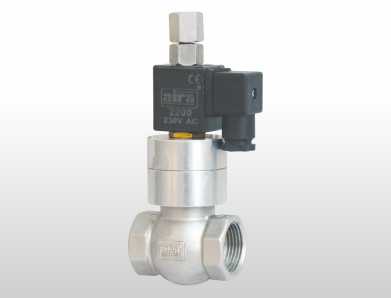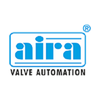Solenoid valves play a crucial role in controlling the flow of liquids or gases in various industrial and commercial applications. These electromechanical devices are widely used for their reliability, efficiency, and versatility. In this comprehensive overview, we delve into the workings, types, applications, advantages, and considerations of solenoid valves.
Introduction to Solenoid Valves
Solenoid valves are electromechanical devices that control fluid flow via an electromagnetic coil. When an electric current passes through the coil, it generates a magnetic field that pulls a plunger or armature, allowing or blocking the flow of fluid through the valve. This simple yet effective mechanism makes solenoid valves indispensable in a wide range of industries.
How Solenoid Valves Work
At the heart of a solenoid valve is an electromechanical coil wound around a ferromagnetic core. When an electrical current flows through the coil, it creates a magnetic field that attracts the plunger or armature. This action either opens or closes the valve, depending on its design and application. Solenoid valves can be configured as normally open (NO), normally closed (NC), or sometimes as three-way valves to control the direction of flow.
Types of Solenoid Valves
Direct-acting vs. Pilot-operated
Direct-acting solenoid valves use the electromagnetic force directly to open and close the valve. Pilot-operated solenoid valves, on the other hand, use the electromagnetic force to control the flow of a pilot fluid, which then operates the main valve.
Normally Open vs. Normally Closed
Normally open solenoid valves allow fluid to flow through the valve when de-energized and close when energized. Conversely, normally closed solenoid valves remain closed when de-energized and open when energized.
2-way vs. 3-way
2-way solenoid valves have two ports, allowing or blocking the flow of fluid. 3-way solenoid valves have three ports and can be configured to divert flow or exhaust pressure.
Applications of Solenoid Valves
Solenoid valves find extensive use in various industries, including:
- Industrial Automation: Solenoid valves are used to control the flow of air, water, or other fluids in pneumatic and hydraulic systems.
- HVAC Systems: Solenoid valves regulate the flow of refrigerant in heating, ventilation, and air conditioning systems.
- Medical Equipment: Solenoid valves are integral components in medical devices such as anesthesia machines, ventilators, and laboratory equipment.
- Water Treatment: Solenoid valves play a crucial role in controlling the flow of water and chemicals in water treatment plants and systems.
Advantages of Solenoid Valves
- Fast response times
- Compact and lightweight design
- Precise control over fluid flow
- Low power consumption
- Wide range of configurations and sizes
Disadvantages of Solenoid Valves
- Susceptibility to dirt and debris
- Limited pressure and temperature capabilities
- Reliance on electrical power
- Potential for coil burnout
Factors to Consider When Choosing Solenoid Valves
When selecting solenoid valves for a specific application, several factors should be taken into account, including:
- Fluid compatibility: Ensure that the valve materials are compatible with the fluid under control.
- Pressure and temperature requirements: Choose valves capable of withstanding the operating pressure and temperature conditions.
- Electrical specifications: Consider voltage, current, and power requirements to ensure compatibility with the electrical system.
Installation and Maintenance Tips
Proper installation and maintenance are essential for the optimal performance and longevity of solenoid valves. Some tips include:
- Ensure the appropriate alignment and connection of the valve.
- Regularly inspect for leaks and signs of wear.
- Clean and lubricate the valve components as recommended by the manufacturer.
Troubleshooting Common Issues
Common issues with solenoid valves include:
- Valve sticking or jamming
- Coil burnout
- Leaks or drips
- Inconsistent or erratic operation
Troubleshooting steps may include checking electrical connections, cleaning or replacing valve components, and adjusting pressure or flow settings.
Conclusion
Solenoid valves are indispensable components in various industrial, commercial, and residential applications. Understanding their workings, types, applications, advantages, and considerations is essential for selecting the right valve for a specific application and ensuring optimal performance and reliability.


No comments yet